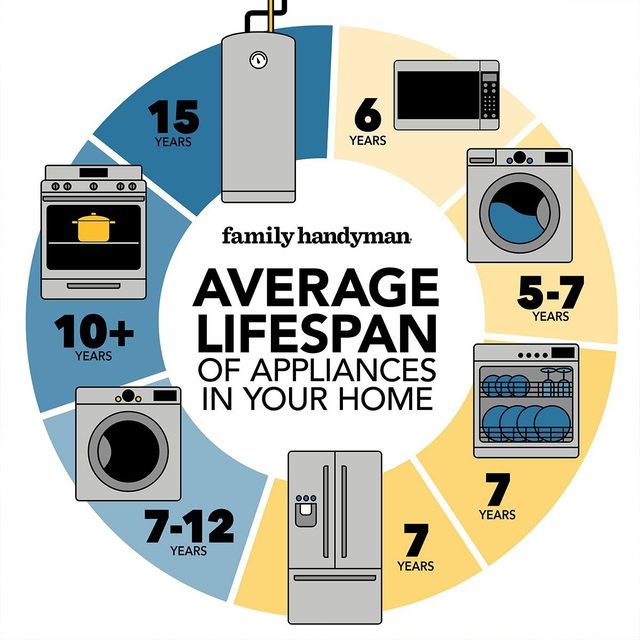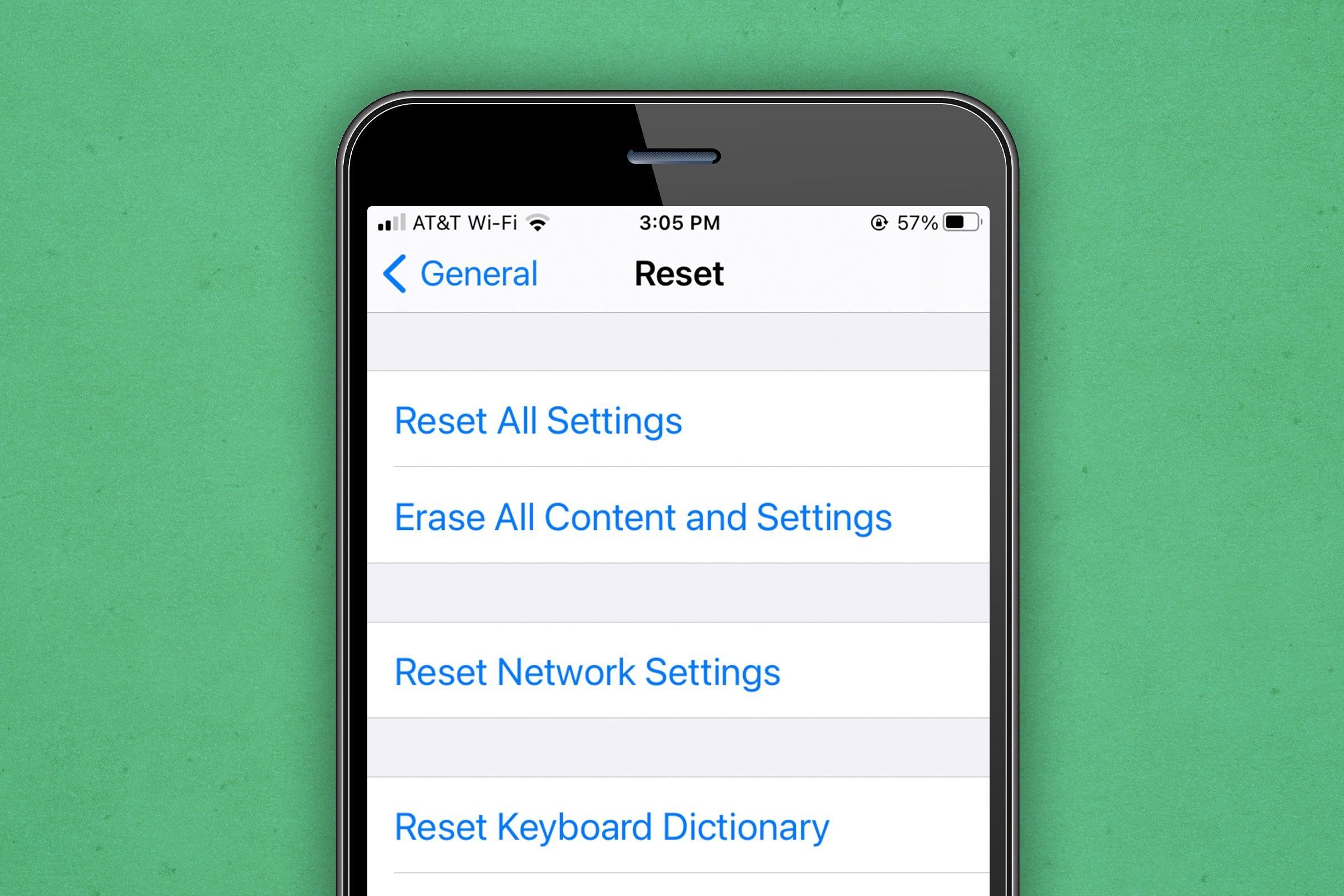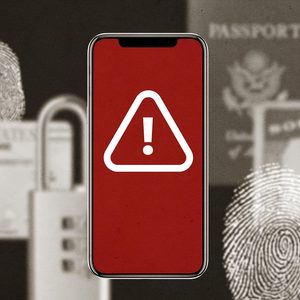Average Lifespan of Your Appliances
Healthy appliances contribute to a smoothly operating household — that is, until they don’t. People often take these big-ticket workhorses for granted, ignoring routine maintenance and the time that has passed since installation. This can shorten the average life span of appliances and require you to spring for a new one, perhaps before you’re financially ready.
It’s also worth noting that lifespans for most major appliances have decreased significantly over the past 25 years, mainly due to the additional bells and whistles in today’s electronically-controlled models. That’s according to Brent Wasieleski, lead technician at Watson Appliance in Stillwater, Minn.
Often, he says, it pays to repair an older appliance. It was probably built on a more robust platform than newer models, and the repair may keep it running as long as the projected lifespan of a new model. He also notes that manufacturers’ commitment to quality control is not what it used to be.
Here’s a roundup of typical lifespans for current models of your home’s major appliances.

Refrigerator
You can expect a typical new refrigerator to last about seven years.
Make It Last: Maximize the lifespan by adjusting the freezer setting to -17 degrees C. and the refrigerator to about 2 degree. These are the best compromises between efficient food handling/safety and sparing the compressor from excess load.
Dishwasher
A typical new dishwasher will also last about seven years.
Make It Last: Excessive soap is the No. 1 enemy of your dishwasher. Detergent with no grime to fight tends to attack seals and mechanisms within your appliance, and can even etch your dishes. Despite what the box says, one tablespoon is enough detergent to get your dishes sparkling clean. And if you use encapsulated dishwashing pods, skip the rinse enhancer—it’s already in the pod. (Here are the dishwasher problems you’ll regret ignoring.)
Range
Your oven and cooktop, whether separate or a single unit, make up the sturdiest appliance in your kitchen, often lasting 10 years or longer. It’s often the body or the electric control unit that goes bad before the cooking units. Or the style becomes dated, triggering desire for a new appliance.
Make It Last: Our expert recommends skipping your oven’s self-cleaning cycle, which often runs too hot (up to 593 degrees C!) and over-stresses the construction, shortening the lifespan. (Did you know that dishwasher tablets can actually clean your oven?)
Microwave
You can expect a new microwave to last about six years.
Make It Last: In general, use the microwave for the quick-heating tasks it was designed for and leave the heavy work for your conventional oven. (These are the foods you should never reheat in a microwave.)
Washing Machine
A typical new washing machine will last five to seven years, maybe longer with regular maintenance.
Make It Last: As with the dishwasher, excessive soap is the leading cause of washer issues. Use only one to 1-1/2 tablespoons per load, regardless of machine type, Wasieleski says. (Really, that’s all you need!) Excessive soap builds up in the machine, causing the tub to smell musty and damaging the gaskets, seals and bearings.
Clothes Dryer
Dryers tend to last longer than washing machines, typically seven to 12 years.
Make It Last: Although it’s tempting to skip cleaning the lint trap between loads, a clogged trap is the top reason for stress on your dryer. Clean it every time. Skip the dryer sheets, too, according to our expert. Their waxy film can build up on the lint screen, causing the dryer to have to work harder (and the screen to clog faster).
For the same reason, clean the dryer vent a couple of times each year. Buildup there impairs the operation of your dryer and speeds its demise. (Here are more ways you’re shortening the life of your washer and dryer.)
Water Heater
According to Water Heater Database, an online data-sharing tool for licensed plumbers, the average lifespan for a water heater is approximately 15 years across seven common brands.
Make It Last: Keep sediment from building up in your tank by flushing out one or two gallons of water once or twice a year. Be aware there’s a corrosion-control device in your water heater, called a sacrificial anode rod, that should be replaced every three to five years.
Next, here are the kitchen appliance mistakes you’re probably making.
My grandmother loved euchre so much that we dropped a deck of cards into her casket. “Deal us a hand, Beth,” my grandfather said. In spite of our grief, we laughed. She would have laughed, too.
Euchre (pronounced you-ker) runs deep in my family’s history. When I was growing up in New Brunswick, the only people I knew who played were my mother, my grandparents and the friends they had converted.
My grandparents had two homes: the one they built for their retirement in the New Brunswick village in which my grandfather had grown up and the one in Toronto where they raised their children. They divided their time equally between provinces and drove back and forth every other month.
In my grandparents’ home in New Brunswick, the 24-card deck and scoreboard were brought out as soon as the dinner plates were cleared. We played over strawberry shortcake and wine, both homemade. When in Toronto, my grandparents hosted dinner and euchre on Tuesday nights, opening their home to family and friends. I lived with them while attending university, and it was during those Tuesday-night games that my love of euchre flourished.
Playing the game is a rite of passage for members of my family. I learned to play through trial and error. Euchre has variations, but the central rules are simple. Four players split into teams of two. Everyone gets five cards, and once the trump suit has been determined through bidding, each player throws down one card, face up, in turn. The team with the highest-ranking card wins the hand, or “trick.” Points are earned by the team that wins the most tricks. If your team called trump but fails to win the most tricks that round, the other team is deemed to have “euchred” you—and earns double points. The first team to reach 10 points wins the game.
Euchre is fun to play even if you aren’t that great at it. The games don’t drag on forever, either, so you can play for as little or as long as you like. It can be excellent for socializing—or, if you join our group, for friendly trash talk. At times, a gutsy move with no chance of winning will earn you a “Lord hates a coward”—a direct quote from my grandfather’s late cousin, Aunt Elsie.
When my mother was battling breast cancer, my grandmother worried that her chemotherapy treatments would make her too sick for euchre. “Mom, I could be dying, and I’d still be playing,” my mother told her. “Oh, me too,” my grandmother replied.
Years after my mother went into remission, my grandmother maintained the same attitude when she herself was diagnosed with end-stage lung cancer. In the weeks before my grandmother died, my family gauged whether she was having a good day based on how many games she could fit in. We slowed the pace of our games as her health declined and played every round knowing it could be her last. She was 84 years old and had smoked for most of her life. We knew we were going to lose her, but we still couldn’t envision playing without our matriarch at the end of the table.
Euchre night was suspended after we lost my grandmother. For a long time, my family felt disjointed. Their home in Toronto was eerily quiet in her absence. The Tuesday-night crowd visited my grandfather regularly, but the card deck and scoreboard remained in the cupboard. Having moved elsewhere by then, I dreaded coming back to the house they shared with me for two years. Walking into the kitchen and not seeing my grandmother at the table was too painful.
It was four months before we played another Tuesday-night game. Every member of the usual group made sure to be there. We took extra care to help set out dinner and wash the dishes, but our actions felt awkward and strained. Then the cards came out, and I took my grandmother’s seat—sitting there made me feel close to her. After the first few rounds, we began to ease the tension by imitating her. “Dammit,” someone said when a play didn’t work out in their favour. Everyone smiled. For the rest of the evening, we brought up our favourite one-liners of hers, like “wouldn’t that frost you.”
It has now been more than six years since my grandmother died. Those who attend Tuesday-night games continue to do so in the same way devout Christians attend service. We have played through illnesses, arguments, divorces and death. Euchre has held us together and helped us heal. These days, my boyfriend joins us if he’s free. When my mother learned he played euchre, she told me to keep him around. Just like that, the circle grows.
© 2020, Jessica Myshrall. From “How Euchre Healed my Family,” The Walrus (March 2020), thewalrus.ca
Next, read about a widow whose children made a quilt for her—out of their father’s old clothes.
Selling or recycling your iPhone is a great way to earn some cash and help the environment. But if you don’t remove personal data from your iPhone first, you could become an easy target for hackers. Fortunately, Apple has made it easy to erase all content and settings on iPhones as it works to improve privacy protection for customers. Here’s what to do before selling or recycling your device, including how to delete everything on your iPhone.
Why it’s important to remove personal data from your phone
Forgetting to wipe your data before trading in your iPhone could put your private information at risk. Why? “When you sell or recycle your phone, you don’t know where the phone goes,” says Eva Velasquez, president and CEO of Identity Theft Resource Centre. “If you do not remove that personal data, it travels with the phone.” All of that data—including financial account information, frequently visited locations, and even behavioural biometrics—can easily be used by criminals for fraud, scams, and identity theft. (Don’t miss the cybersecurity secrets hackers don’t want you to know.)
Steps to take before you wipe data
How to backup iPhone
Before erasing your iPhone’s data, any personal files stored on your phone that you want to keep, such as music, photos, and documents, will need to be saved on a separate device. You can back up these files to a memory card or computer, or upload them to iCloud.
Backup iPhone to iCloud
An iCloud backup is simple and quick. Make sure your device is connected to a Wi-Fi network, then go to “Settings,” select your name, and tap “iCloud”—> “iCloud Backup”—> “Back Up Now.” Don’t disconnect from Wi-Fi until the process is complete. You can check the status of your backup, and see the date and time of your last one, by returning to the “iCloud Backup” folder and tapping on “Back Up Now.” (Be aware of the password mistakes that hackers hope you’ll make.)
Sign out of accounts
It may seem like overkill, but signing out of your accounts and deleting any stored log-in information can go a long way when it comes to protecting your info from hackers. “That data could be readily used to make you a victim of identity theft or scams,” says Steve Weisman, author of Identity Theft Alert. Log out of Apple accounts including Apple Music, the App Store, and Find My Phone, and don’t forget to turn off Activate Lock, remove your iPhone from iCloud, and sign out of other linked accounts such as Facebook or Twitter.
Remove SIM card
SIM cards store a lot of information about you and your phone, including your contacts, telephone number, and SMS messages. To stop thieves from swiping that data, Weisman recommends removing the SIM card before trading in your iPhone. (Here are the things hackers can do you with your cell phone number.)
Transfer data to new iPhone
If you have iOS 11 or later, you can use Apple’s Quick Start feature to transfer your backup files to a new iPhone. Place both devices close together and wait for the Quick Start screen to appear on your current device. After choosing the Apple ID that you want to use, tap “Continue.” An animation will appear on the new iPhone. Hold your current device over the new one, centreing the animation in the viewfinder. A message will pop up that says “Finish on New [Device],” and you will be prompted to sign in and manage the settings on your new iPhone. You can also restore your data, apps, and settings from your most recent iCloud backup, or do the transfer from a backup on your computer.

How to restore iPhone to factory settings
Once you have safely backed up and transferred your personal files, it’s time to wipe your iPhone with Apple’s factory reset function. Go to “Settings,” —> “General” —> “Reset,” then select “Erase All Content and Settings.” After you enter your passcode or Apple ID, the iPhone will begin deleting its data, apps, and settings. This process will erase all of your personal information, restoring the phone to its original factory settings.
Now you can recycle, sell, or donate your iPhone knowing that your personal data won’t fall into the wrong hands.
Next, here are the warning signs it’s time for a new cell phone.








 What Is Smishing?" width="295" height="295" />
What Is Smishing?" width="295" height="295" />